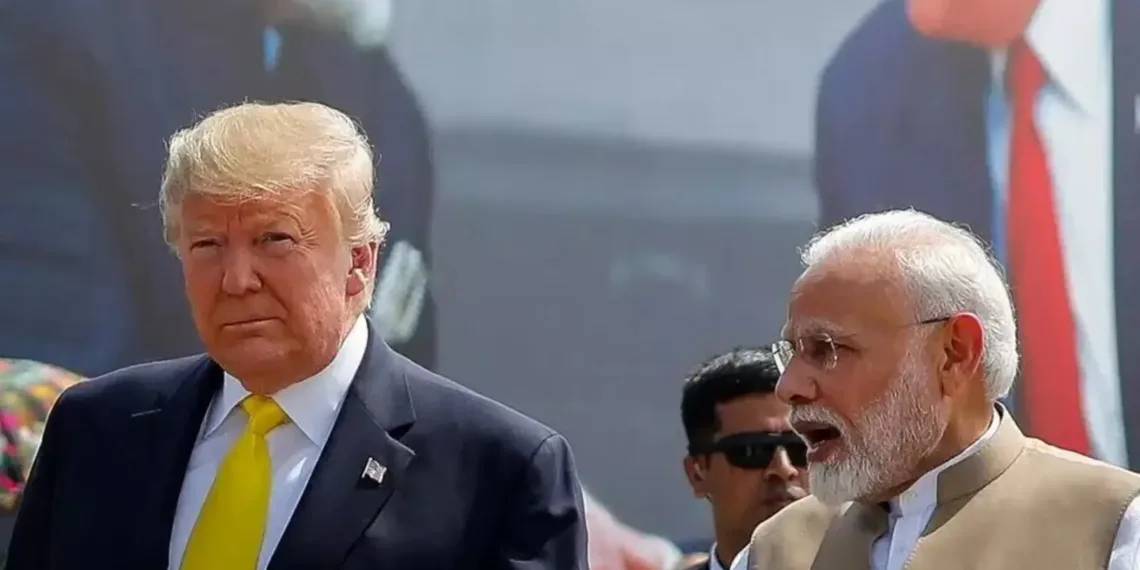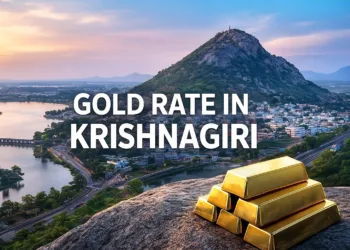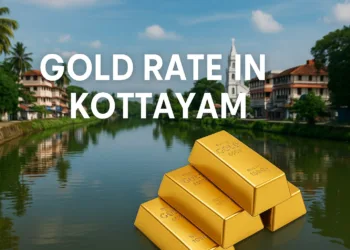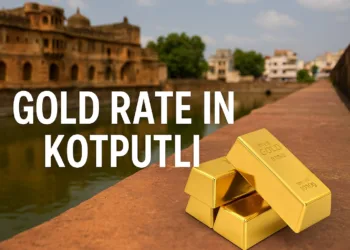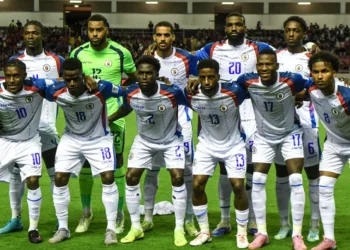The diplomatic relationship between India and the United States has hit turbulent waters in 2025, with reports emerging that Prime Minister Narendra Modi has reportedly brushed off several attempts by Donald Trump to reach him on the phone as a trade fight between the countries spirals. This unprecedented diplomatic standoff comes amid Trump’s aggressive tariff policies that have escalated to a staggering 50% on Indian goods.
Table of Contents
Modi-Trump Controversy: Key Facts at a Glance
| Aspect | Details |
|---|---|
| Alleged Ignored Calls | 4 phone calls from Trump to Modi |
| Source | German newspaper F.A.Z. report |
| Current US Tariff Rate | 50% on Indian goods |
| Main Dispute | India’s Russian oil purchases |
| Modi’s Response | “India is ready to pay the price” |
| Timeline | August 2025 tensions escalating |
From ‘Dear Friend’ to Diplomatic Freeze
The transformation of the Modi-Trump relationship from warm camaraderie to apparent cold shoulder represents one of the most dramatic diplomatic shifts in recent US-India relations. The Indian PM banked on warm ties with his U.S. counterpart—but then came a whopping 50% tariff, fundamentally altering the dynamics between the two leaders.
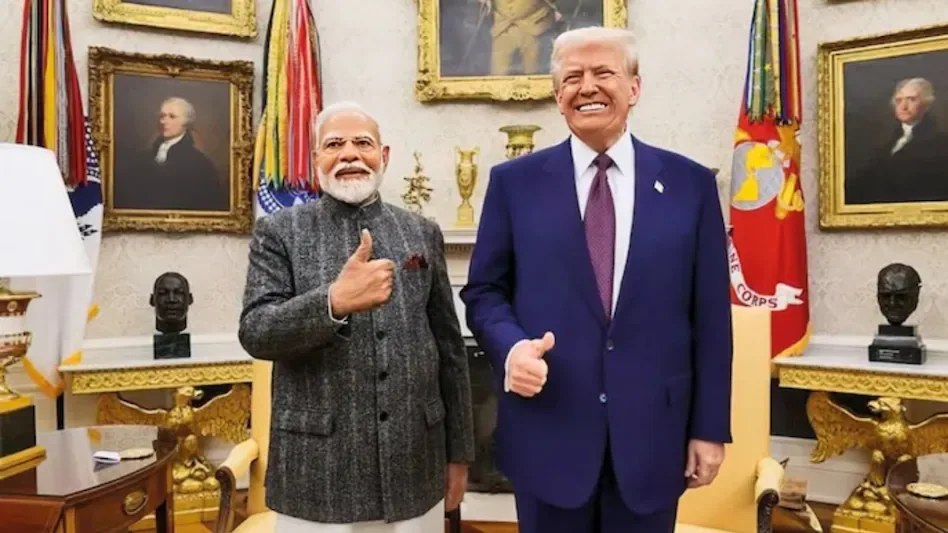
What makes this situation particularly striking is the contrast with their previous interactions. Trump had previously called Modi the “king of tariffs” but the two leaders had managed to maintain diplomatic dialogue. However, the current impasse suggests a complete breakdown in direct communication channels.
The Russian Oil Factor
Central to this diplomatic crisis is India’s continued energy relationship with Russia. Despite Western sanctions and American pressure, India has maintained its stance on purchasing Russian oil, prioritizing its energy security and economic interests. This has become a major point of contention with the Trump administration, which has used trade tariffs as a tool to pressure India into compliance with US foreign policy objectives.
Modi ignored four calls from Trump amid US tariffs over India’s Russian oil purchases. As Modi resists US pressure and seeks closer ties with China, Trump’s Indo-Pacific strategy risks faltering, according to the German newspaper report.
India’s Defiant Response
Prime Minister Modi’s response to the escalating tensions has been resolute. In his first reaction to Trump’s tariffs, Modi said that India is prepared to pay the price, stating “For us, the interest of our farmers is our top priority. India will never compromise on the interests of farmers, fishermen and dairy…” and “I know I’ll have to pay a heavy price, but I’m ready. India is ready”.
This stance reflects India’s determination to maintain its strategic autonomy despite American pressure. The Indian government appears willing to absorb economic costs rather than compromise on what it views as core national interests.
Strategic Implications for US-India Relations
The dispute between President Trump and Indian Prime Minister Narendra Modi could have far-reaching consequences for the U.S-India relationship, warn analysts. This diplomatic freeze occurs at a critical juncture when both nations need each other for strategic competition with China in the Indo-Pacific region.
India is signaling it may seek to rebalance its global partnerships after Trump’s salvo of tariffs on Indian goods, suggesting potential shifts in India’s diplomatic alignments that could impact American strategic interests in Asia.

Market Response and Economic Impact
Despite the diplomatic tensions, India’s stock market showed little sign of panic a day after the U.S. announced a 50% tariff on goods from the country, indicating market confidence in India’s economic resilience and ability to weather the trade storm.
Looking Ahead
The alleged phone call snub, if accurate, represents a significant escalation in diplomatic tensions. It suggests that traditional diplomatic channels may be compromised, potentially requiring intervention from other stakeholders or alternative communication methods to resolve the impasse.
For comprehensive coverage of international relations and trade developments, visit our Global Politics Section and stay updated on major diplomatic developments affecting India’s international relationships.
The situation continues to evolve, with both nations having significant stakes in maintaining their strategic partnership despite current tensions.
Frequently Asked Questions
Q: What led to the alleged phone call controversy between Modi and Trump?
A: According to a German newspaper report, PM Modi allegedly ignored four phone calls from President Trump amid escalating trade tensions over India’s Russian oil purchases and Trump’s imposition of 50% tariffs on Indian goods.
Q: How has India responded to the 50% US tariffs?
A: Prime Minister Modi has taken a defiant stance, stating “India is ready to pay the price” and emphasizing that India will not compromise on the interests of its farmers, fishermen, and dairy sector despite the economic pressure from American tariffs.

